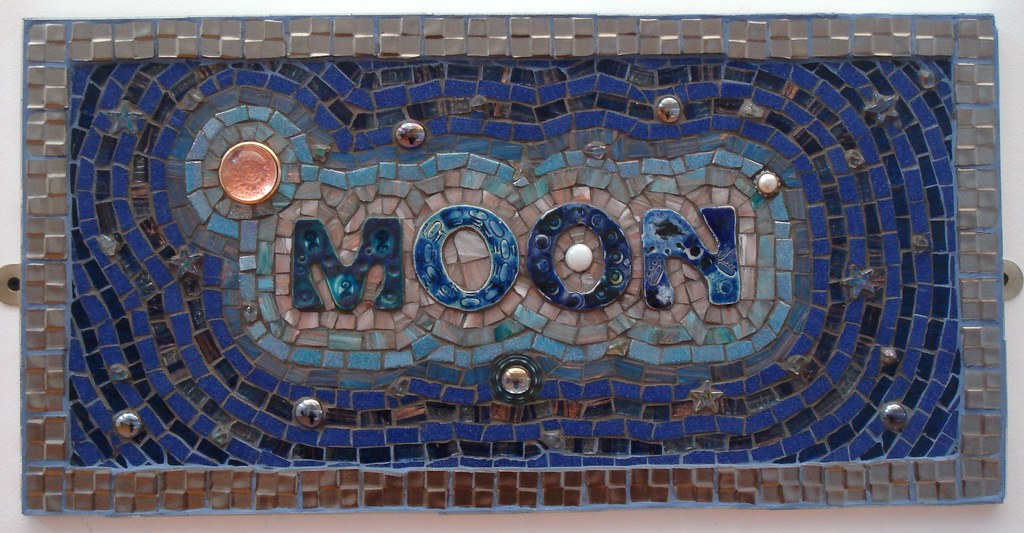The moon is one of the. smallest of the heavenly bodies which can be seen from the earth. But it is the nearest to us, and on that account, with the exception of the sun, appears the target. The moon travels round the earth in a period of about one month, just as the earth goes round the sun in a day.
The earth, however, turns round upon its axis once every twenty-four hours, thus causing the alternation of day and night, whereas the moon takes a month to revolve on her axis, so that she always presents to us very nearly the same surface.
The moon has no light of her own like the sun and the stars, but shines by means of the reflected light of the sun. As the side which we see is not always that upon which the sun shines, her form appears to change and to grow larger and smaller.
ADVERTISEMENTS:
In physical condition the moon differs widely from the earth. Even to the naked eye some peculiarities are obvious. If we attentively watch the full moon, we soon become familiar with its spotted surface, which never changes. From this the conclusion is drawn that it cannot be like that of the earth, which is often obscured by clouds and mist.
If we use the telescope, we find that all the details of the moon’s surface are hard and cold. There is no shade or delicate colouring, and nothing like mist or cloud has ever been seen. There seems to be nothing but bare rock and sand, or ice and snow, and there are no traces of vegetation or animal life.
The moon is a mass of mountains and extinct volcanoes. Several of the craters have a diameter of forty or fifty miles. One of them has a diameter of as much as seventy-eight miles.
ADVERTISEMENTS:
Many have central cones closely resembling those in the volcanic regions of the earth. In some case the craters are filled nearly to the brim with lava. The volcanoes, however, seem to be all extinct. The mountains are extremely rugged in character, a feature that is mainly due to the absence of air and water.
On the earth the hills are rounded and moulded by the action of storms, by rain and snow; but as these agencies are absent from the moon, its mountains stand as rugged as when they were first formed millions of years ago.
The moon is of essential service to man. Combined with the sun, it exerts an attraction upon the earth which is the cause of the tides.
Tides are of great service to navigation. They carry vessels in and out of port and keep navigable many harbours which would otherwise become impossible owing to the silting up of the world’s work and not skulk in idleness.
ADVERTISEMENTS:
Retribution comes to the idle in the shape of poverty, impaired health, enfeebled mind, loss of character and self-control, and damaged reputation.
